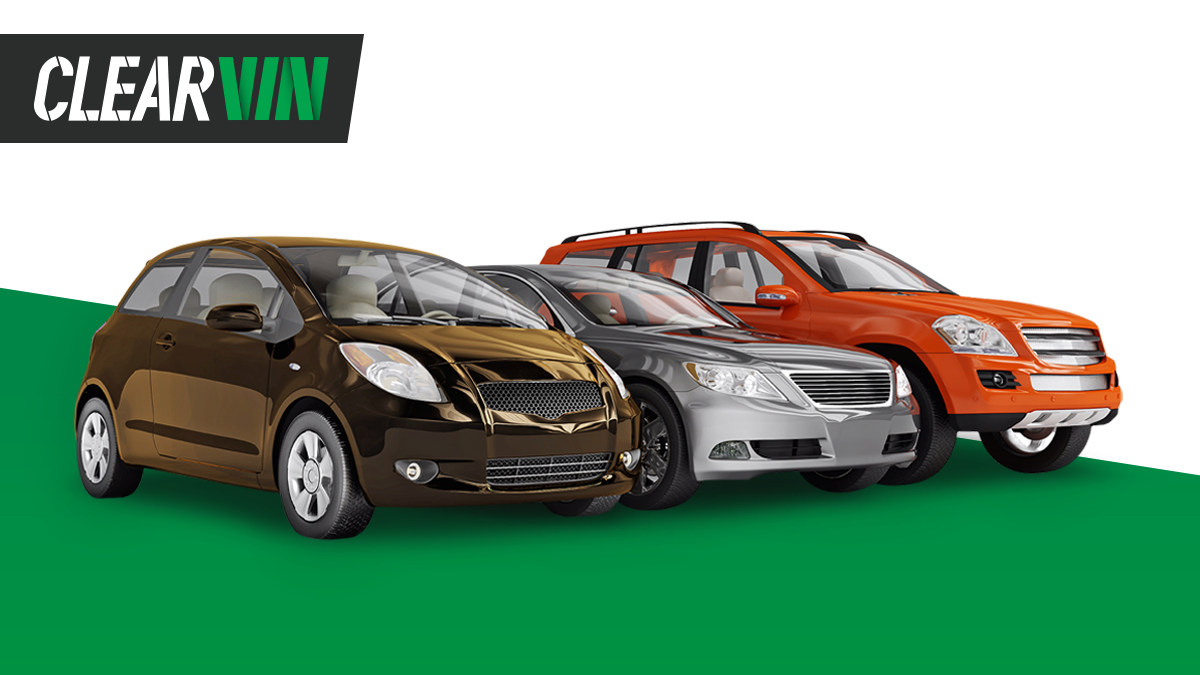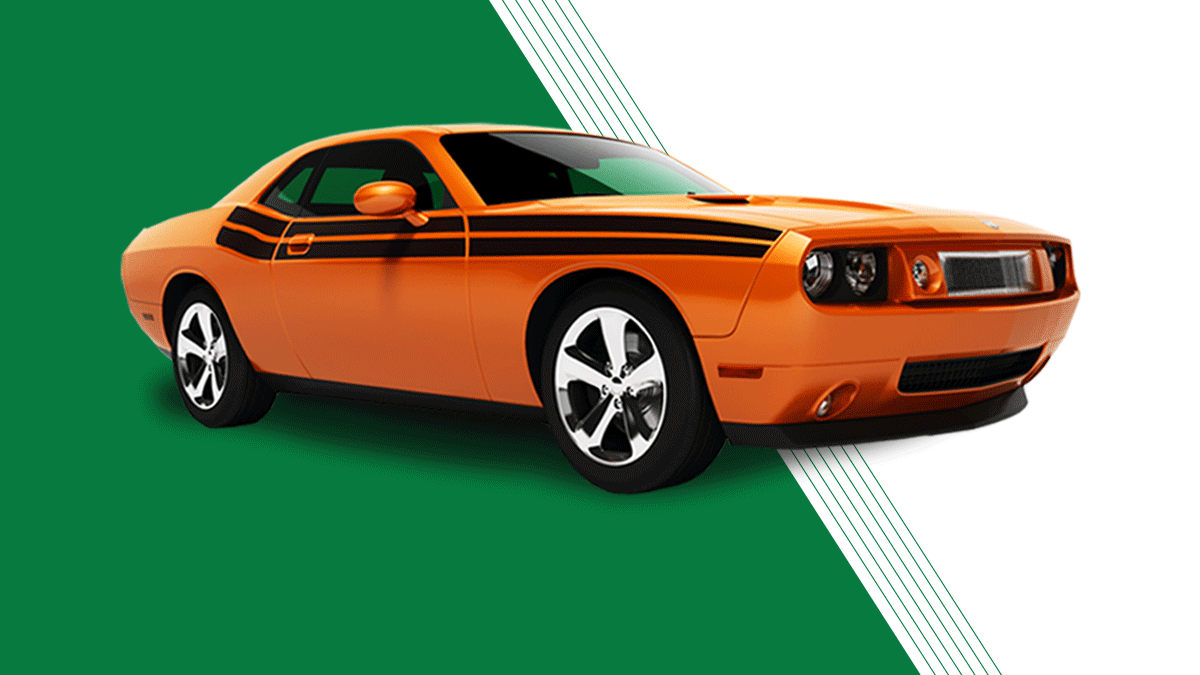Understanding automotive market segments is key whether you’re a buyer, marketer, or industry analyst. Cars are grouped by size, weight, engine type, cargo capacity, price, and intended use—what we call car market segmentation or automobile segmentation. Below is an overview of the most common vehicle segments you’ll encounter.
Microcar
Often falling into its own regulatory category, the microcar straddles the line between car and motorcycle. With engines under 700 cc and just three or four wheels, these city-friendly vehicles excel at tight-space parking and fuel economy. Popular models include the Smart ForTwo and Tata Nano.
A-Segment (City Car)
Also known as minicompact in EPA parlance, A-segment cars are the smallest four-door hatchbacks and sedans. From the original Fiat 500 and BMC Mini to today’s Hyundai i10 and Toyota Aygo, these vehicles blend low running costs with urban agility.
B-Segment (Subcompact)
Subcompacts offer slightly more interior and cargo volume (85–99 cu ft) than city cars. Early U.S. examples were the AMC Gremlin and Ford Pinto, while modern favorites include the Volkswagen Polo and Renault Clio. B-segment cars balance affordability with everyday practicality.
C-Segment (Compact)
Compact or C-segment vehicles provide 100–109 cu ft of passenger plus cargo space. Most hatchbacks, sedans, and small wagons fall here: think Honda Civic, Toyota Auris, or Renault Mégane. This segment dominates global sales thanks to its versatility.
D-Segment (Mid-Size)
Mid-size or intermediate models offer generous cabins and smooth rides. From the Ford Mondeo to the Kia Optima, prices range from economical transports to near-luxury offerings. D-segment cars still account for about 8 percent of U.S. sales.
E-Segment (Executive / Full-Size)
In Europe, executive cars occupy the E-segment; in the U.S., full-size sedans like the Chevrolet Impala and Toyota Avalon fit here. While some brands—Jaguar XF, Mercedes-Benz E-Class—aim for luxury, others keep pricing more attainable.
F-Segment (Luxury Flagship)
Full-size luxury models such as the BMW 7 Series, Lexus LS, and Rolls-Royce Ghost represent the pinnacle of comfort, technology, and prestige in automotive segmentation.
Sports Cars
Built for performance and driving excitement, sports cars prioritize acceleration, handling, and design flair. Iconic names include the Mazda MX-5, Porsche 911, and Chevrolet Corvette.
SUVs, Crossovers & Off-Road Vehicles
These segments overlap heavily: true off-roaders, rugged SUVs, and soft-road crossovers. Terms vary by market, but all promise higher seating positions and available four-wheel drive.
Minivans/MPVs
Multi-purpose vehicles (MPVs), or minivans, focus on interior space and flexible seating—ideal for families. From compact models like the Fiat 500L to large people-movers such as the Volkswagen Touran, they range across three size classes.
Applying Automotive Customer Segmentation
When choosing a vehicle, first define your needs: passenger capacity, cargo volume, ride height, fuel economy, and budget. Mapping those priorities against automotive segments helps you narrow your search—whether you need a microcar for tight city streets or an E-segment sedan for executive comfort.
Smart tip: Before buying a used car, run a free VIN number check or license plate lookup with ClearVin. Our VIN check report draws on NMVTIS, DMV, and auction data to give you confidence in your purchase, no matter which segment you select.










2 comments
I want to to thank you for this very good read!! I certainly enjoyed every bit of it.
I have got you saved as a favorite to check out new stuff you post…